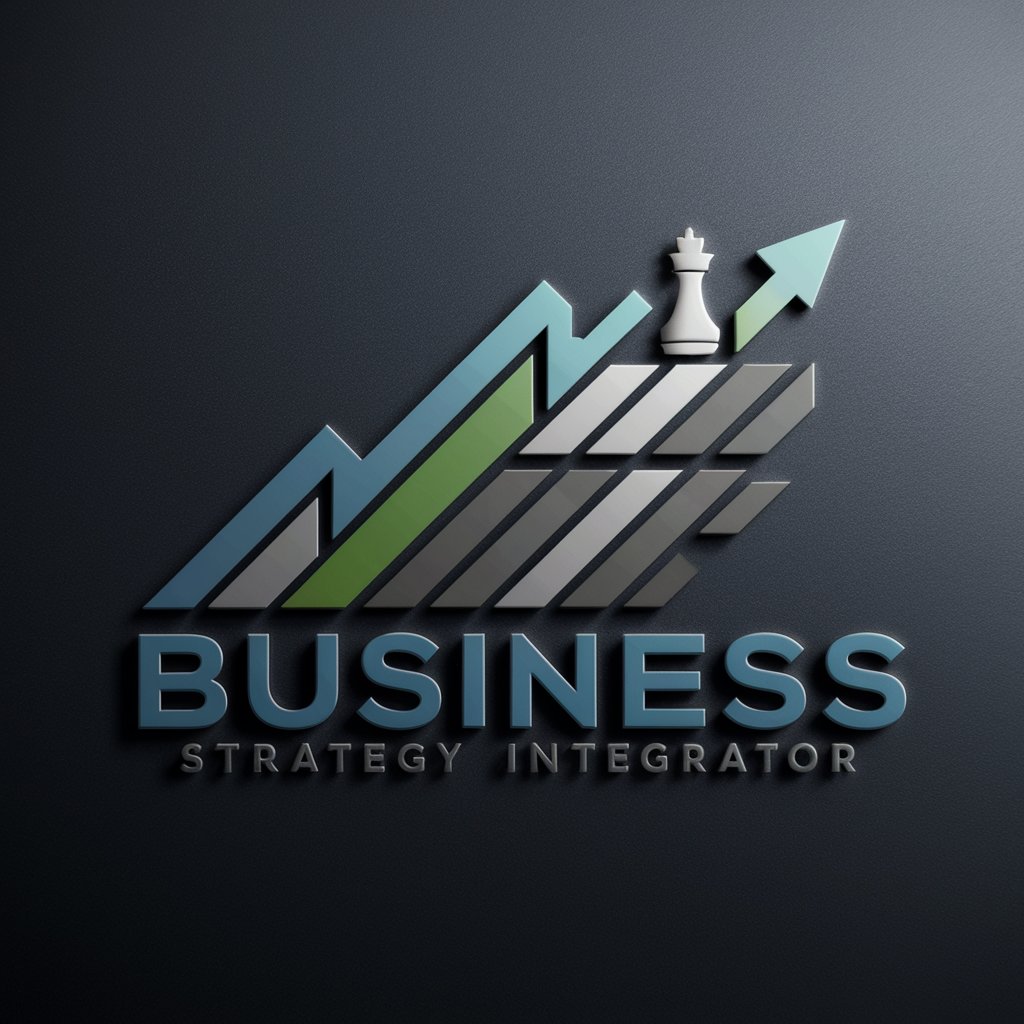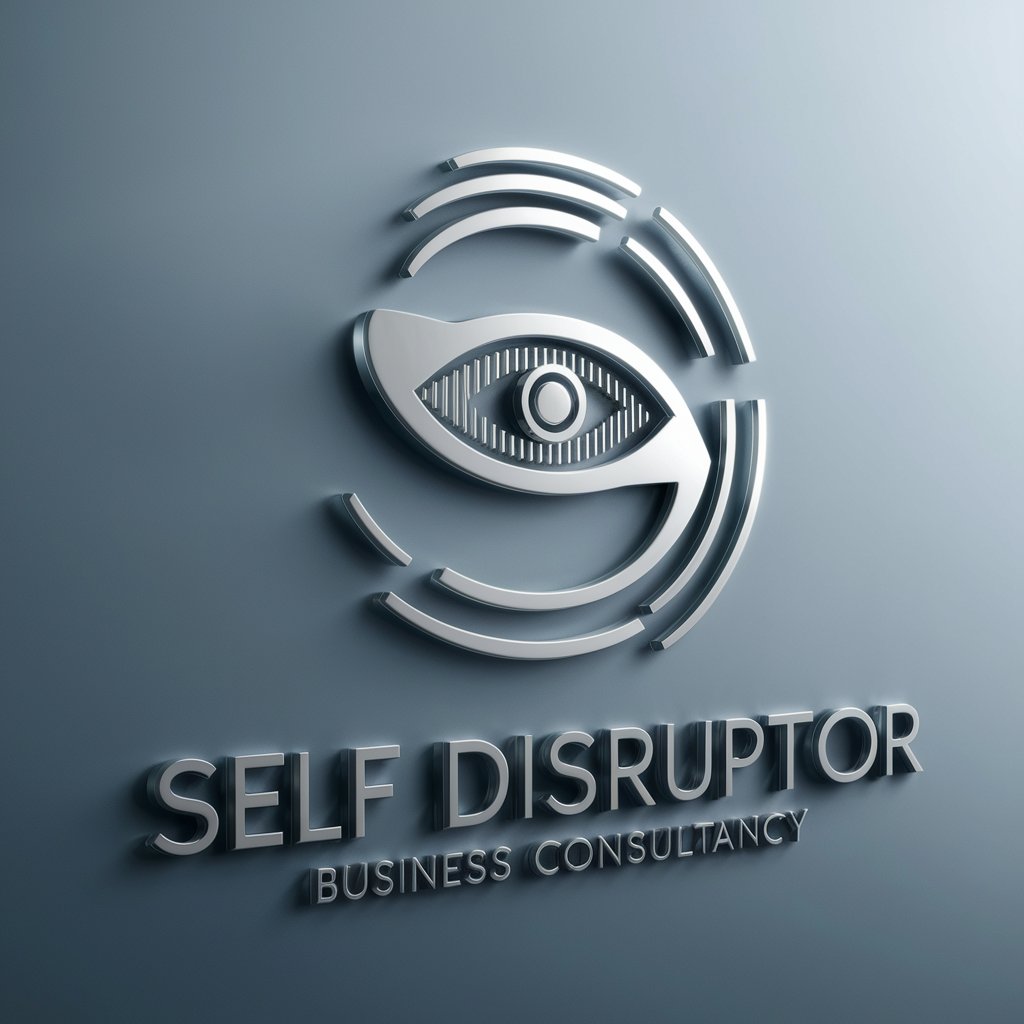
Disruption in Business Strategy - Innovation Strategy Guide

Welcome to your hub for innovative business strategies.
Powering business transformation through strategic disruption
How can my company identify and respond to disruptive threats in our industry?
What strategies should we employ to foster a culture of innovation?
How can we align our business model to better meet the evolving needs of our customers?
What steps can we take to maintain a competitive edge in a rapidly changing market?
Get Embed Code
Introduction to Disruption in Business Strategy
As Disruption in Business Strategy, my core purpose is to offer guidance and insights on strategic business innovation, especially in the context of disruptive innovation, growth, and customer-focused strategies. Leveraging a wide array of documents on topics like disruptive strategy, organizing for innovation, and customer jobs to be done, I provide customized advice to navigate the complexities of business strategy. For example, the evolution of Salesforce from a non-existent entity to a market leader exemplifies the impact of disruptive strategy in transforming industries and outpacing traditional competitors by understanding and fulfilling emerging customer needs more effectively. Powered by ChatGPT-4o。

Main Functions of Disruption in Business Strategy
Guidance on Strategic Questions
Example
Helping businesses to formulate strategic questions that are pivotal for their growth, such as identifying potential areas for innovation or restructuring to enhance competitive advantage.
Scenario
A business looking to enter a new market might seek advice on positioning itself against incumbents and leveraging disruptive strategies for market penetration.
Insights into Disruptive Strategy and Innovation
Example
Analyzing and applying theories of disruptive innovation to real-world business scenarios, such as Salesforce's transformation of the CRM market.
Scenario
A tech company aiming to disrupt an established market might utilize insights on how Salesforce leveraged cloud technology and subscription models to dominate the CRM industry.
Advising on Organizing for Innovation
Example
Providing strategies for structuring organizations to foster innovation and adapt to technological advancements.
Scenario
A corporation might seek strategies to reorganize its internal structures to improve agility and innovation capacity, ensuring it remains competitive in a rapidly changing industry.
Ideal Users of Disruption in Business Strategy Services
Entrepreneurs and Startups
Individuals and teams at the forefront of innovation seeking to disrupt existing markets or create new ones. They benefit from understanding how to position their innovations for success.
Corporate Strategists
Professionals responsible for guiding the strategic direction of established companies. They use these insights to identify disruptive threats and opportunities, ensuring their organizations can adapt and thrive.
Product Managers
Those in charge of guiding the development and success of products or services. They leverage insights on customer jobs to be done and disruptive innovation to create offerings that resonate deeply with market needs.

Utilizing Disruption in Business Strategy
1
Visit yeschat.ai for a free trial without login, also no need for ChatGPT Plus.
2
Identify specific business challenges or areas for improvement where innovation and strategic disruption can be applied.
3
Explore use cases relevant to your industry or role by examining examples and insights related to disruptive innovation and customer-centric strategies.
4
Apply the insights and methodologies found in the provided documents to your business scenario, focusing on creating value through innovative approaches.
5
Regularly review and adapt your strategies based on feedback and changing market conditions, ensuring ongoing relevance and competitive advantage.
Try other advanced and practical GPTs
Change Manager
Empowering change with AI insights
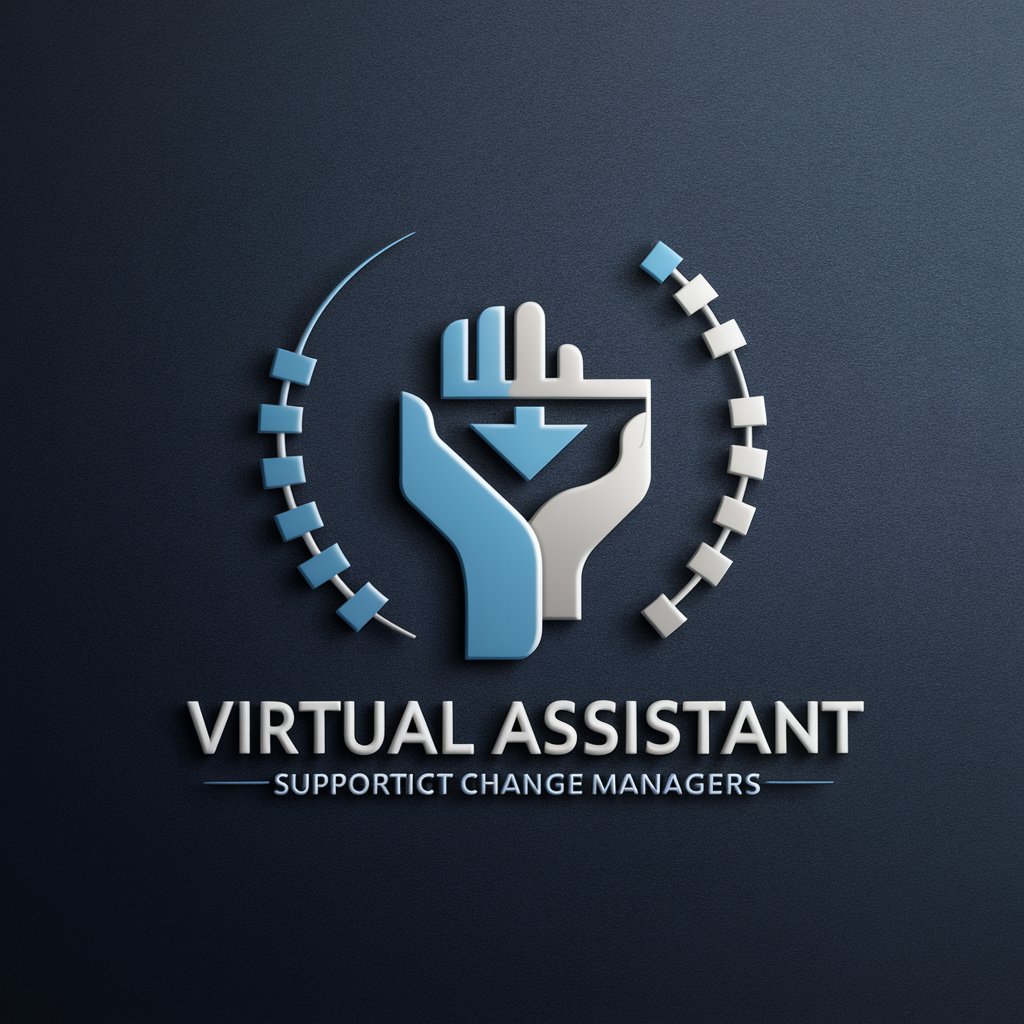
Future-Proofing Technology Strategist
Navigate tech disruptions with AI-powered strategy.
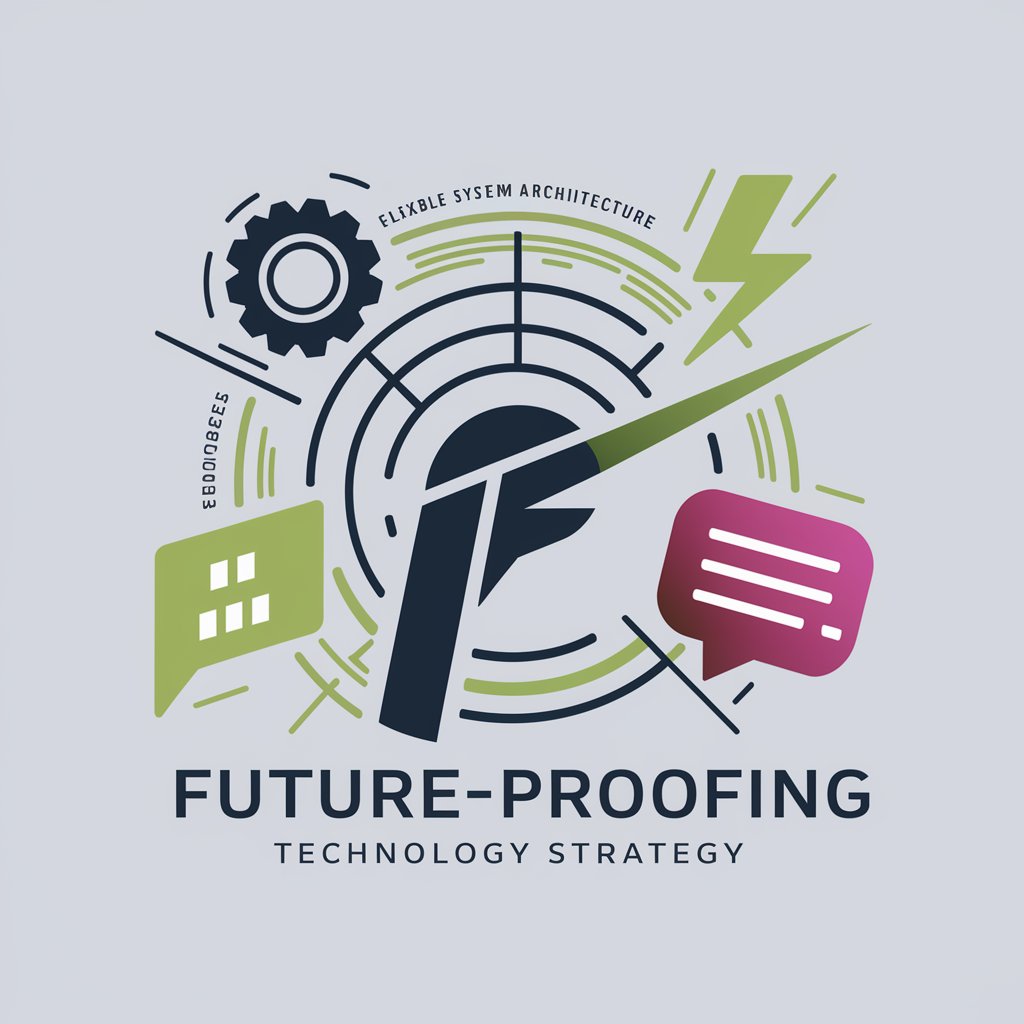
Business Continuity Planner Assistant
AI-Powered Resilience Planning
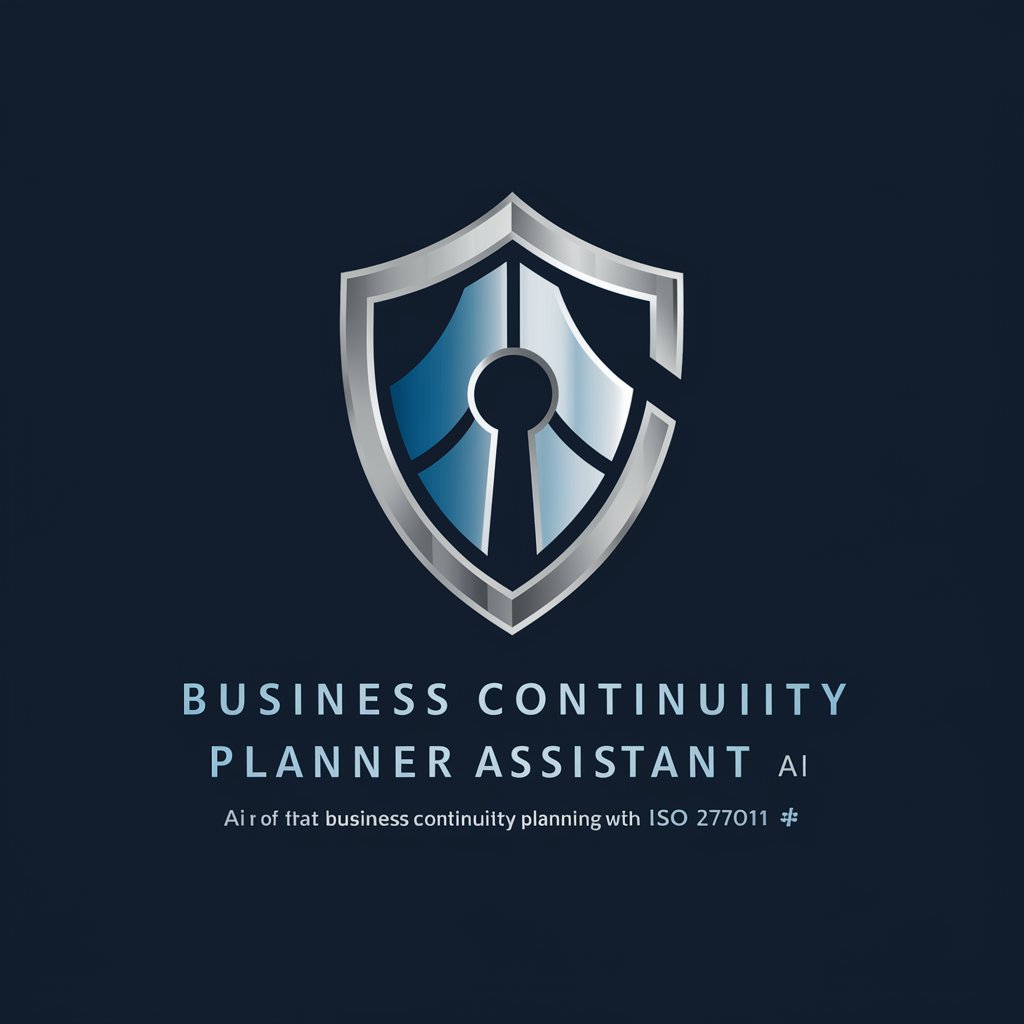
DisruptBot
Navigating AI's Future Work Impact

Emergency kit for teachers
AI-powered Classroom Support at Your Fingertips

Personal Leadership as the Gamechanger for AI.
Empowering Leadership with AI Insight
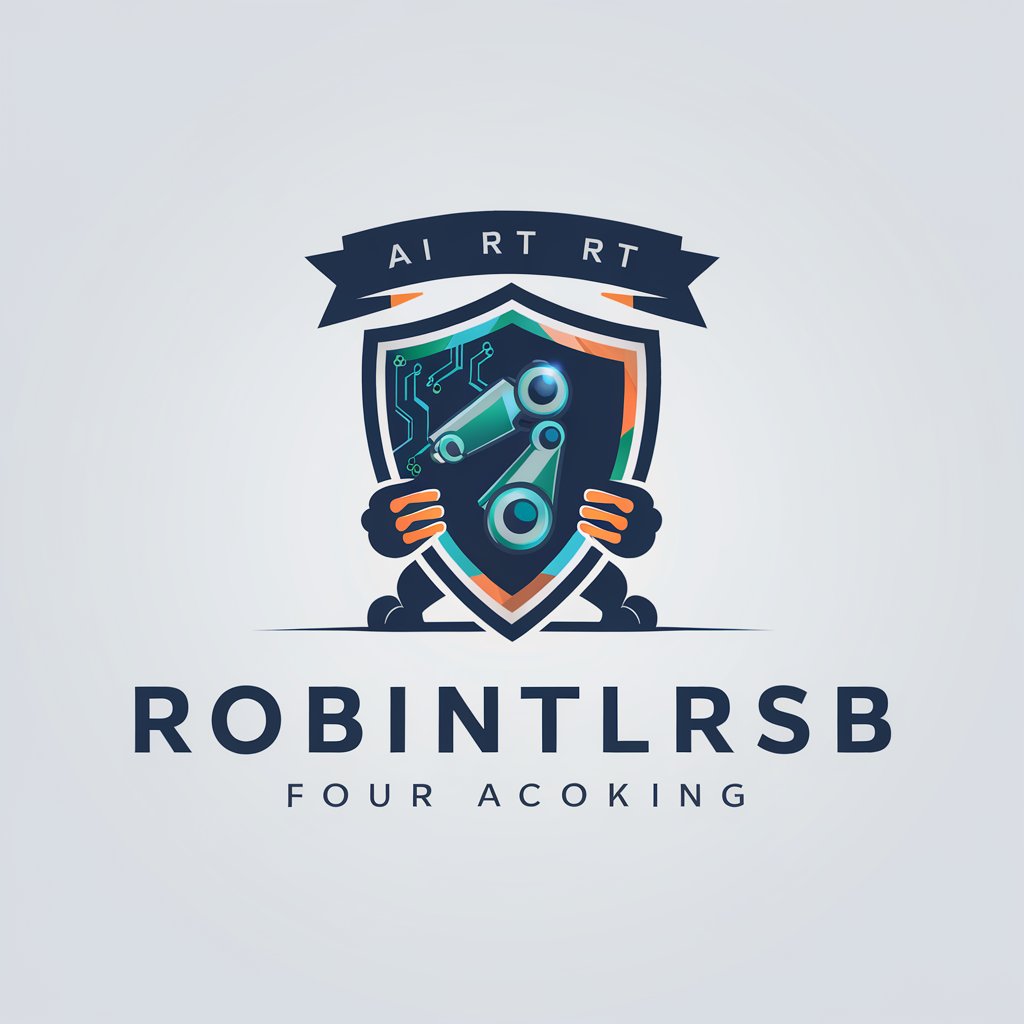
Historical Disruptions Impact Analyst
Illuminating the impact of historical and technological shifts.

#Murros - EdTech Disruption BOT
Empowering EdTech Innovations with AI

Multidimensional Video Sage
Elevate your content with AI-powered precision.
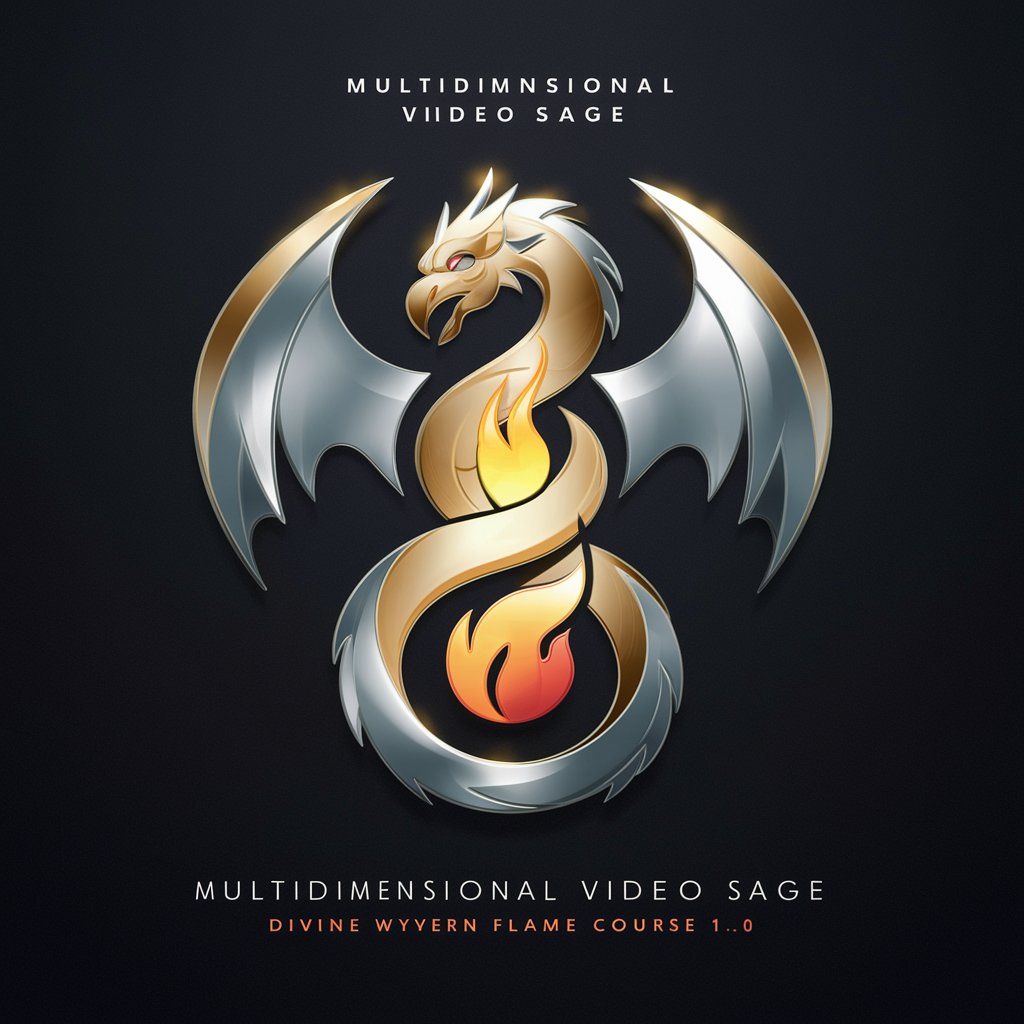
Fabio Tiles Group
Transform spaces with AI-driven creativity.

Terrazzo Tiles Assistant GPT
Your AI-powered guide to terrazzo tiles.

Rashel’s Listing GPT
Transforming Images into Listings with AI

Q&A on Disruption in Business Strategy
What is Disruption in Business Strategy?
It's an approach focusing on innovation and strategic changes that significantly alter the competitive landscape, offering new value to customers and challenging established market leaders.
How can I identify opportunities for disruption in my industry?
By analyzing market trends, understanding unmet customer needs, and leveraging technology to offer novel solutions that redefine market standards.
What role does customer-centric strategy play in disruption?
A customer-centric strategy is crucial, as disruption often comes from deeply understanding and addressing the evolving needs and jobs-to-be-done of customers in ways that existing solutions do not.
Can small businesses effectively use disruption against larger competitors?
Yes, by focusing on niche markets, underserved customer needs, or employing innovative business models and technologies, small businesses can outmaneuver larger, less agile competitors.
How should companies organize for innovation to foster disruption?
Companies should cultivate a culture of continuous learning, encourage cross-functional collaboration, and allocate resources to explore new ideas, technologies, and business models.


